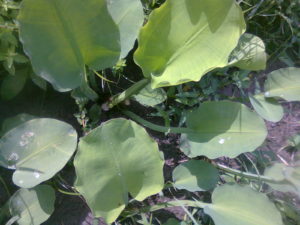Both wetland and dry land can be ideal for farming land. It’s been known to happen from a long time ago and it is still relevant these days.
Wetland can be defined as an area on land that has high water accumulation, be it permanent or seasonal. Wetland ecosystems include but are not limited to: swamps, lakes, rivers, peatland forests, mangrove forests, flooplains, flood forests, shore areas, rice field, coral reefs, etc.

Wetland can be found in clear, briny, or salty bodies of water. Wetland forming process can happen naturally or artificially.
This type of land is also often used as a habitat for a lot of plants and animals, relatively more than other kinds of ecosystems. Sadly, its condition gets worse from time to time. This was what prompted UNESCO to do a convention known as the Ramsar Convention.
Ramsar Convention define wetland as areas of marsh, fen, peatland or water, whether natural or artificial, permanent or temporary, with water that is static or flowing, fresh, brackish or salt, including areas of marine water the depth of which at low tide does not exceed six metres.
Wetland ecology happens as a result of continuous water saturation, either permanently or seasonally. Then, biota in the area form an unique ecosystem called the wetland. (Keddy, 2010)
Ramsar is the oldest of the modern global intergovernmental environmental agreements. The treaty was negotiated through the 1960s by countries and non – governmental organizations concerned about the increasing loss and degradation of wetland habitat for migratory waterbirds. It was adopted in the Iranian city of Ramsar in 1971 and came into force in 1975. Iran’s Game and Fish Department organizes and holds a conference at the Caspian seaside resort of Ramsar, Iran where the “Convention on Wetlands of International Importance especially as Waterfowl Habitat” is agreed by representatives of 18 nations. First meeting of the Conference of the Contracting Parties (COP1) in Cagliari, Italy. The Convention has 28 member states.
References:
